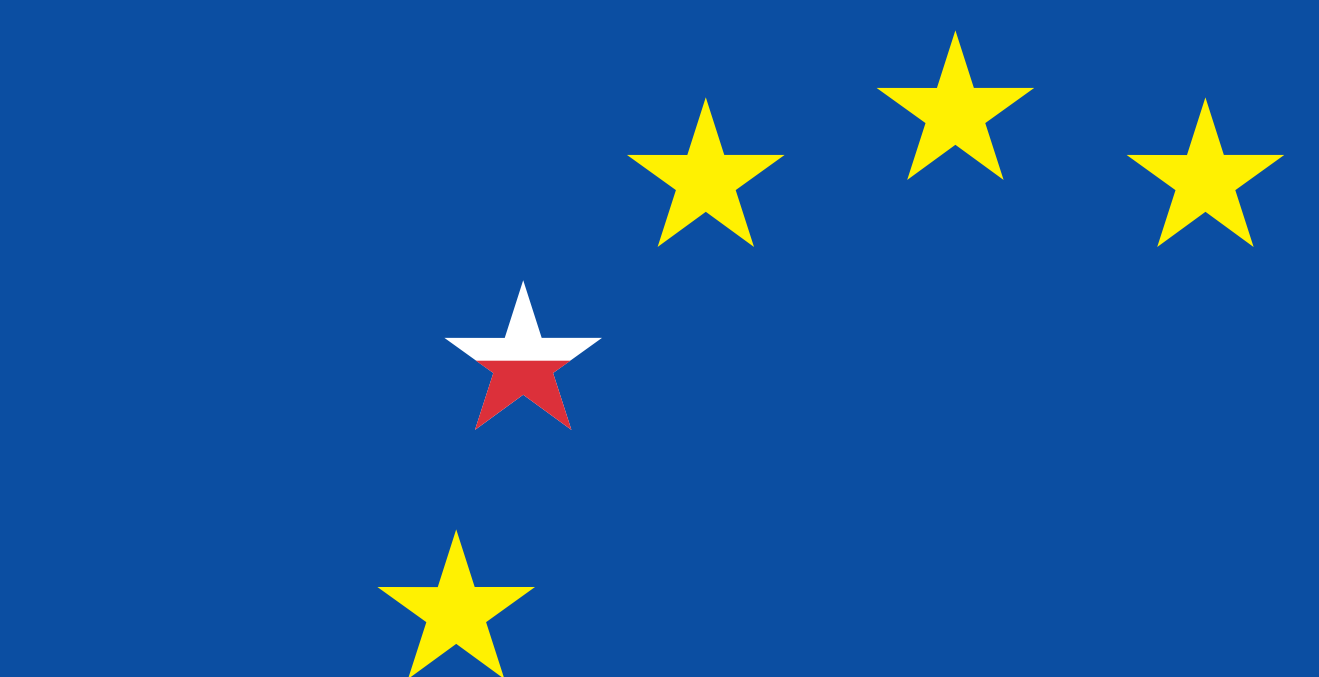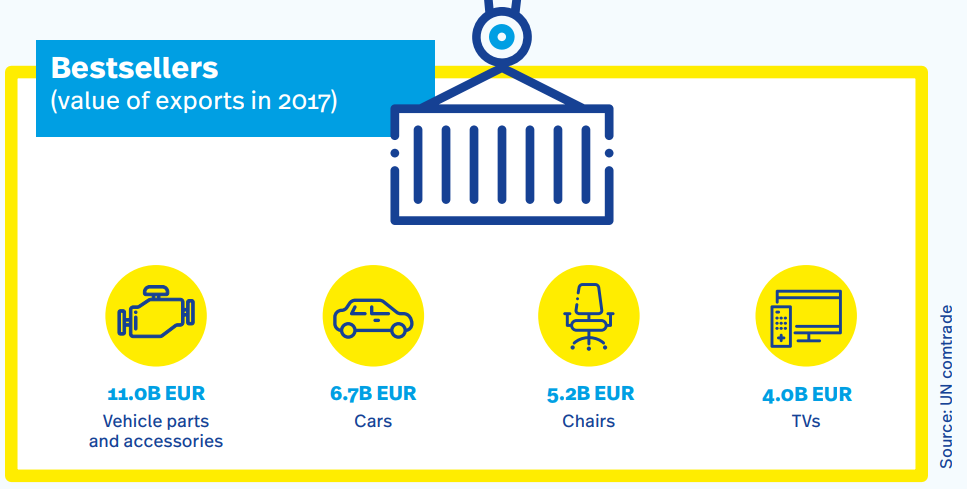15 years in the EU: Poland received a total of EUR 164 in support

Published: 15/05/2019
Between 2003 and 2017, Polish GDP per capita rose by 81% and the value of exports exceeded EUR 200 billion per year, according to a report by the Polish Economic Institute entitled 15 years of Poland in the European Union.
Poland has received almost twice its annual budget in EU funds. Meanwhile, the opening of borders and foreign labour markets meant that over 2 million Poles were living in other EU countries in 2017.
Almost 16 years ago, on 7-8 June 2003, over 13.5 million Poles answered “YES” to the question “Do you agree to Poland joining the European Union?” Less than a year later, on 1 May 2014, Poland became a member of the EU.
Poland’s economic growth accelerated markedly after EU accession. In 2018, Polish GDP per capita was 81% higher than in 2003. The country’s economy is one of the fastest growing in the EU. Poles’ earnings and wealth are slowly getting closer to those in richer European countries. In the next 15 years, it could become one of the world’s twenty biggest economies.
Poland has received (or will shortly receive) a total of EUR 164 billion in EU funds – almost twice its annual budget. “It was a Marshall plan of sorts for us, which helped carry out most of the public infrastructural investments since 2004, such as motorways, express roads and sewage treatment plants. Summing up Poland’s presence in the EU, we must not forget legal harmonisation, improved financial flows and the lifting of many trade barriers,” said Piotr Arak, director of the Polish Economic Institute.
Dynamic trade growth
Since joining the EU single market, the value of Polish exports has come to exceed EUR 200 billion per year. In 2015-2017, the country had a trade surplus for the first time since the 1990s. The percentage of high-tech products in exports has more than doubled, from 3.3% in 2004 to 7.7% in 2017. Of the EUR 220 billion worth of goods exported in 2018, around 80% went to other EU countries. “Germany remains our biggest trading partner. 28% of Polish exports go there,” Arak added.
Open borders and the EU labour market
Another important step in European integration was Poland joining the Schengen Area in 2007. According to a 2014 survey, one quarter of Poles had been to a country outside the EU and almost half (49%) had visited to another EU member state. Research in 2018 found that almost one in four Poles (22%) have studied, worked or attended training in another EU country.
“The opening of the labour market started a new wave of emigration. After the opening of the German labour market in 2011, Germany became the leading country attracting Poles. According to British data, there are over a million Poles in Britain now, up from fewer than 70,000 in 2003. Moreover, there were 2.1 m Poles living abroad in other EU countries in 2017,” said Andrzej Kubisiak, an expert on the labour market at the Polish Economic Institute
The Polish Economic Institute is a public economic think-tank dating back to 1928. Its research spans trade, energy and the digital economy, with strategic analysis on key areas of social and public life in Poland. The Institute provides analysis and expertise for the implementation of the Strategy for Responsible Development and helps popularise Polish economic and social research in the country and abroad.
Media contact:
Andrzej Kubisiak
Head of the Communications Team
tel. +48 512 176 030
Kategoria: Press releases / Report / Reports 2019 / Sustainable Development







